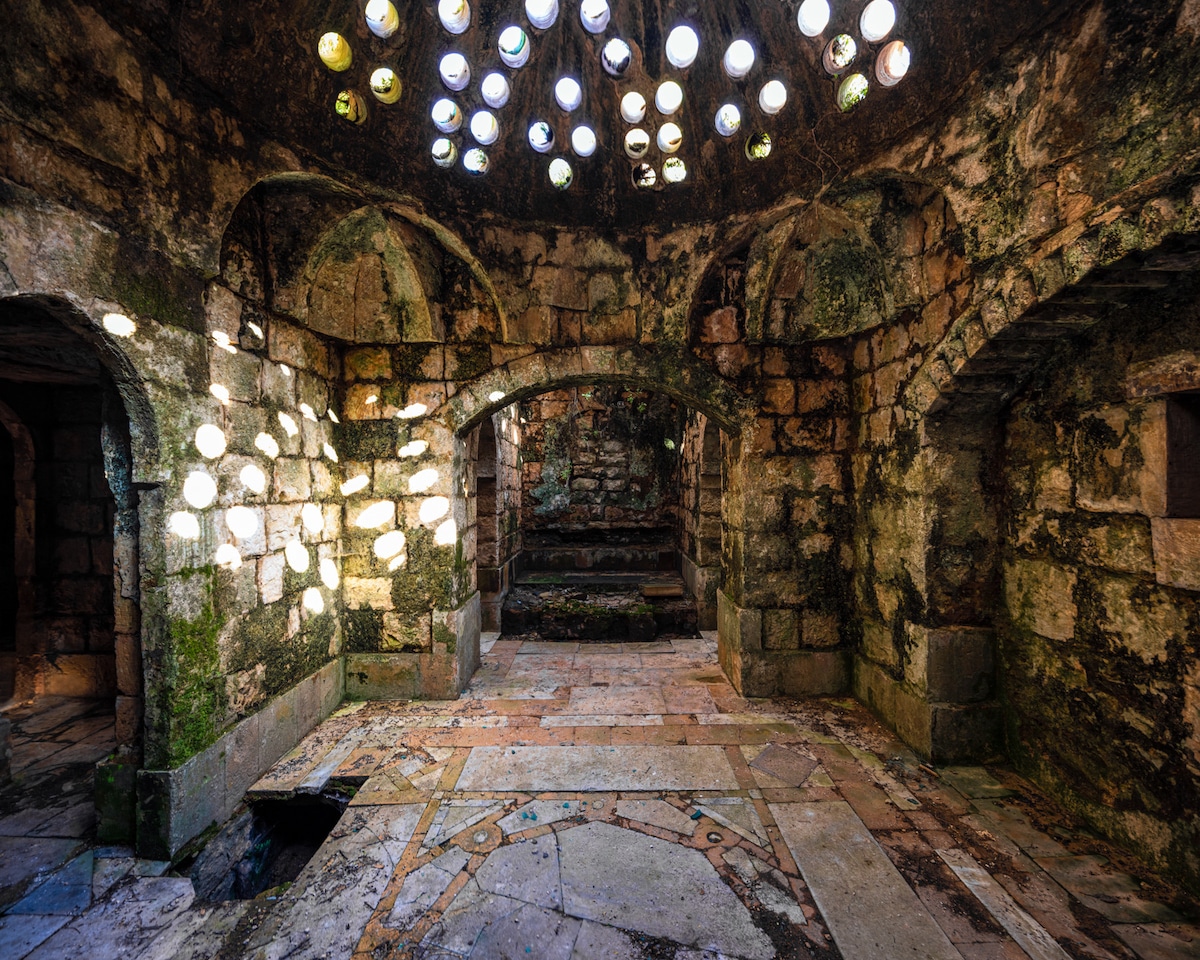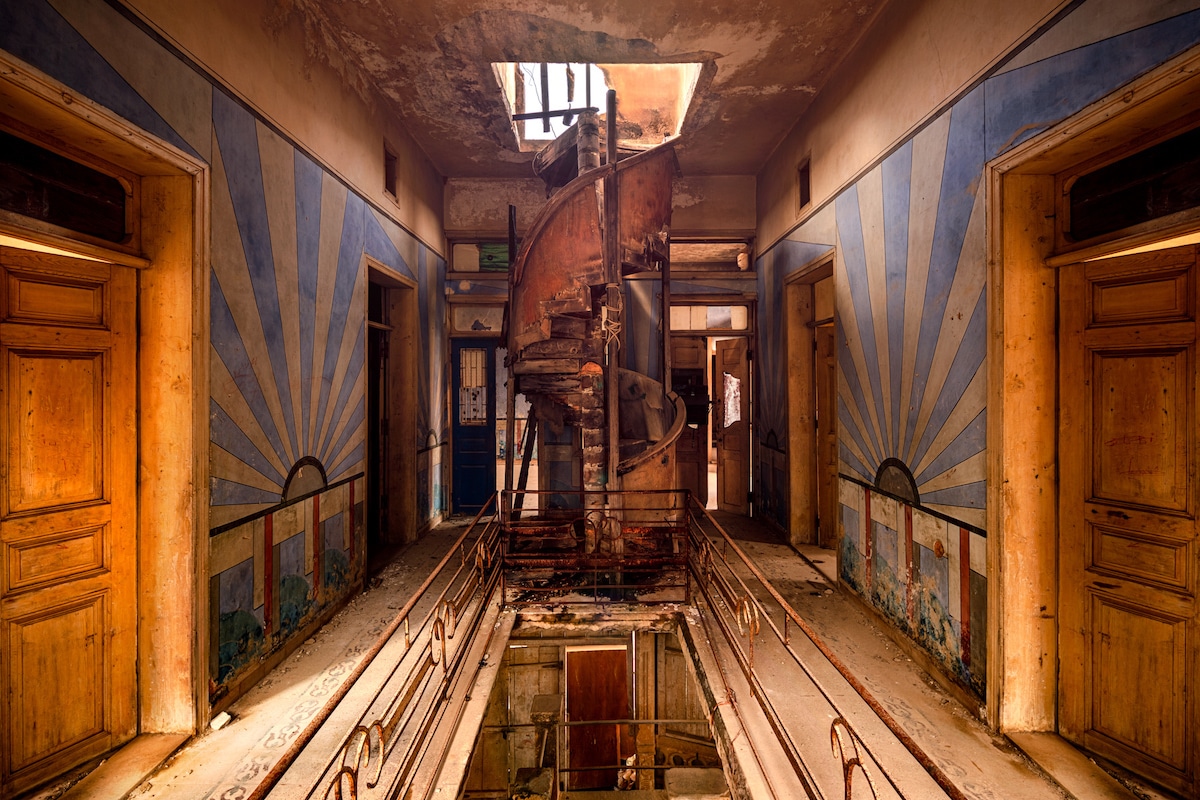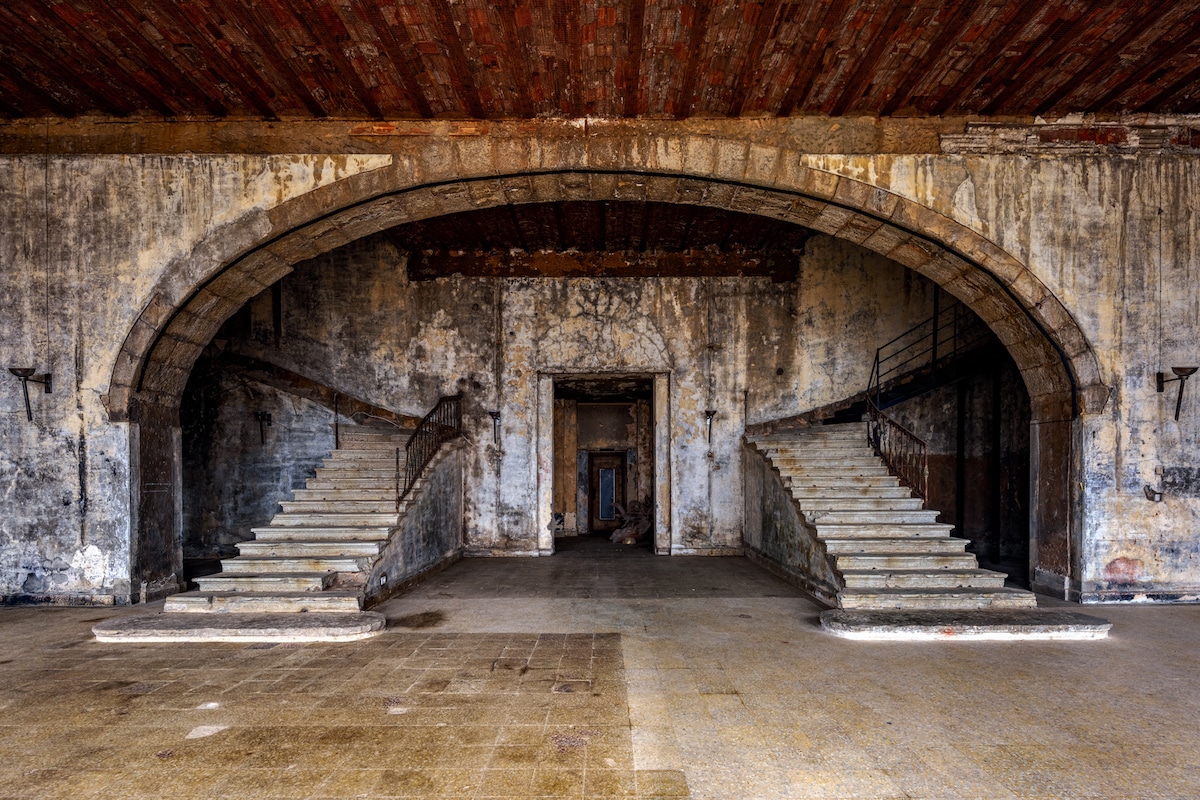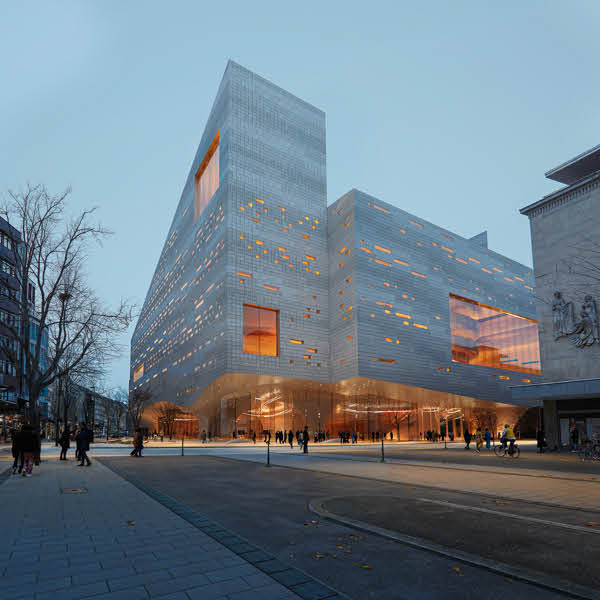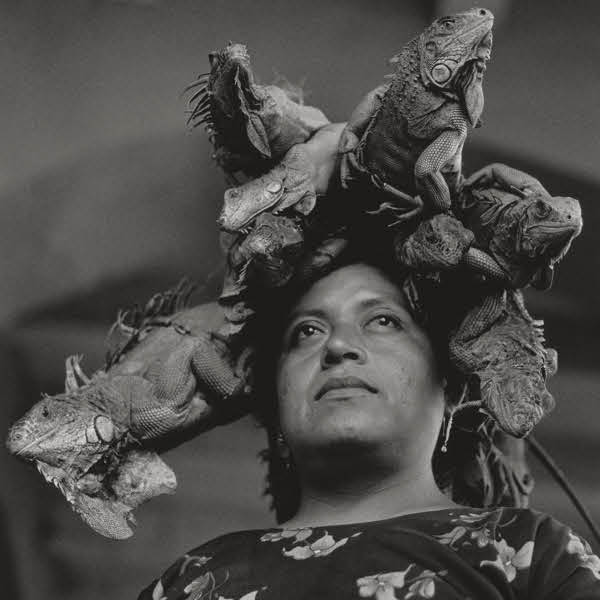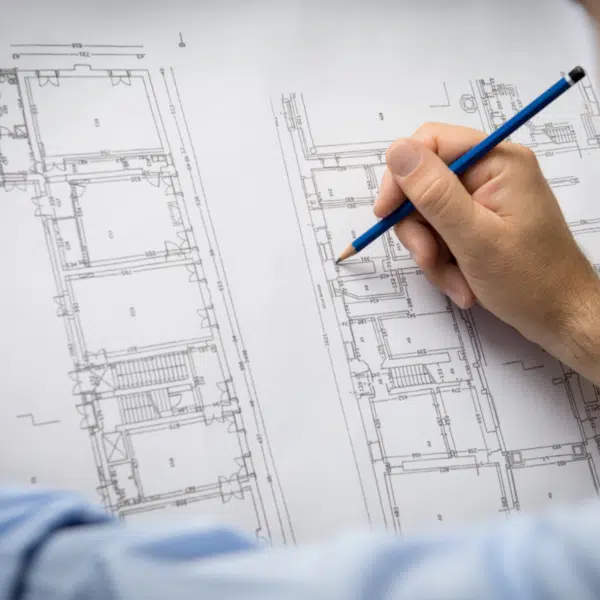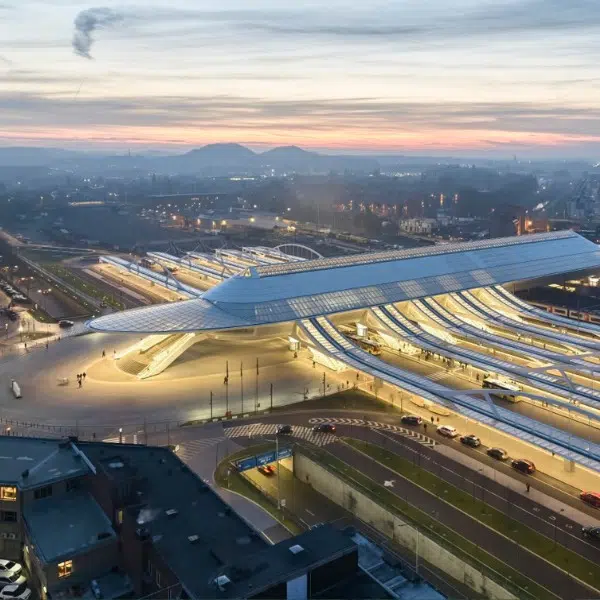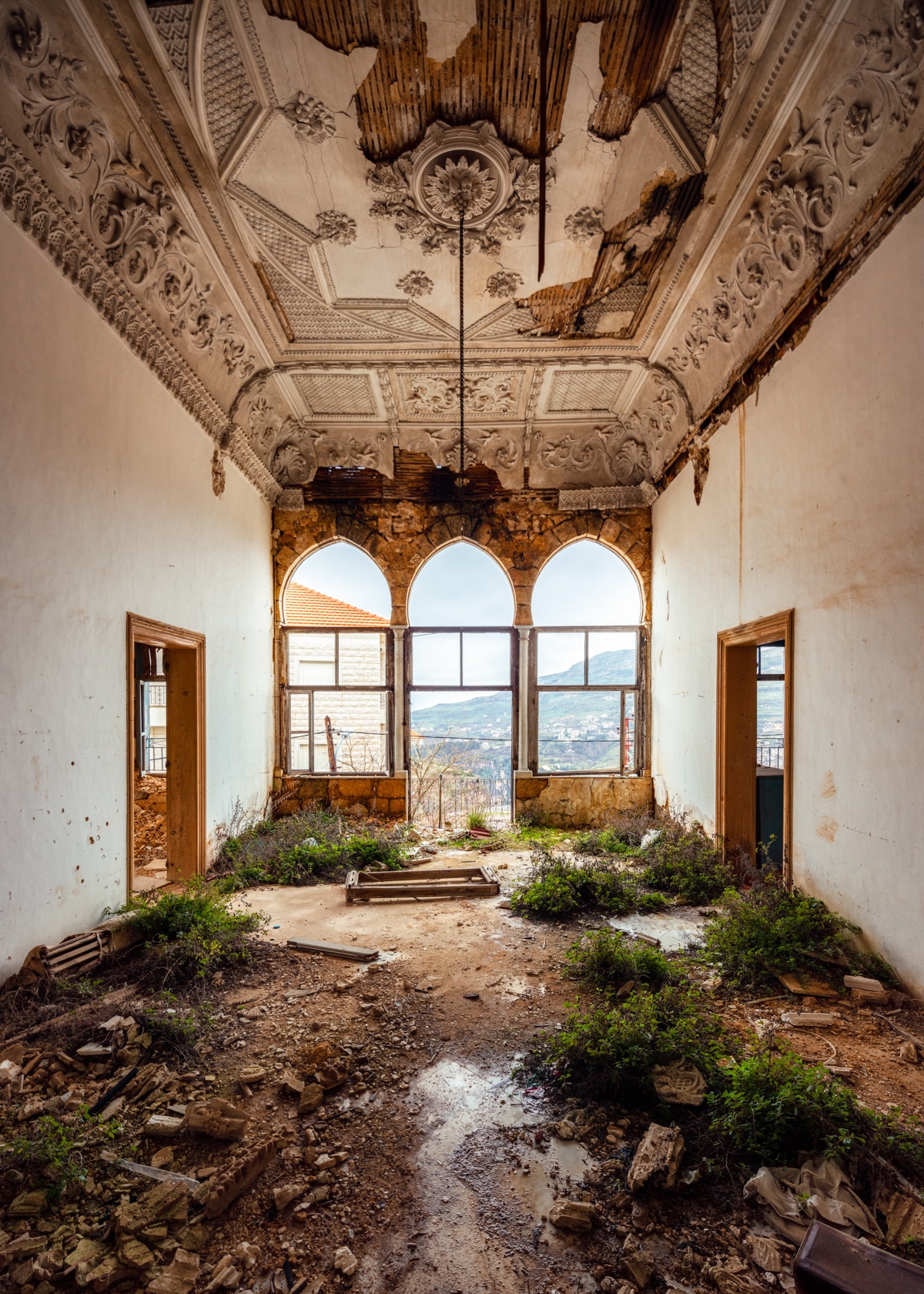
Photographer James Kerwin has spent the past six years capturing the spirit of abandoned buildings by focusing on their rich colors and architectural lines. One of his most recent trips brought him to Beirut, where he attempted to tell the complicated tale of Lebanon's history through what has been lost. The scars worn on Beirut's ornate buildings are the wounds of different wars, which have raged throughout the city's history. Through his photography, Kerwin takes us inside Lebanon's capital to spotlight its struggles.
Once called “The Paris of the Middle East,” Beirut's sumptuous past can be seen through the rubble. Ornate archways and patches of delicate stucco work are reminders of Beirut's status as an intellectual and cultural capital after it achieved independence from the French in 1943. This all changed in 1975, with the start of the Lebanese Civil War. This would kick off decades of struggle that goes all the way up to the 2006 Israel-Lebanon conflict.
This particular struggle, which only lasted 34 days, was particularly devastating to the city, which had been rebuilding since the end of the Lebanese Civil War in 1990. In this short time, around 1,300 Lebanese were killed and major damage was done to Beirut's infrastructure. It was in this context that Kerwin found himself, as he was intrigued by Beirut's dual nature as a cultural capital and a survivor of war.
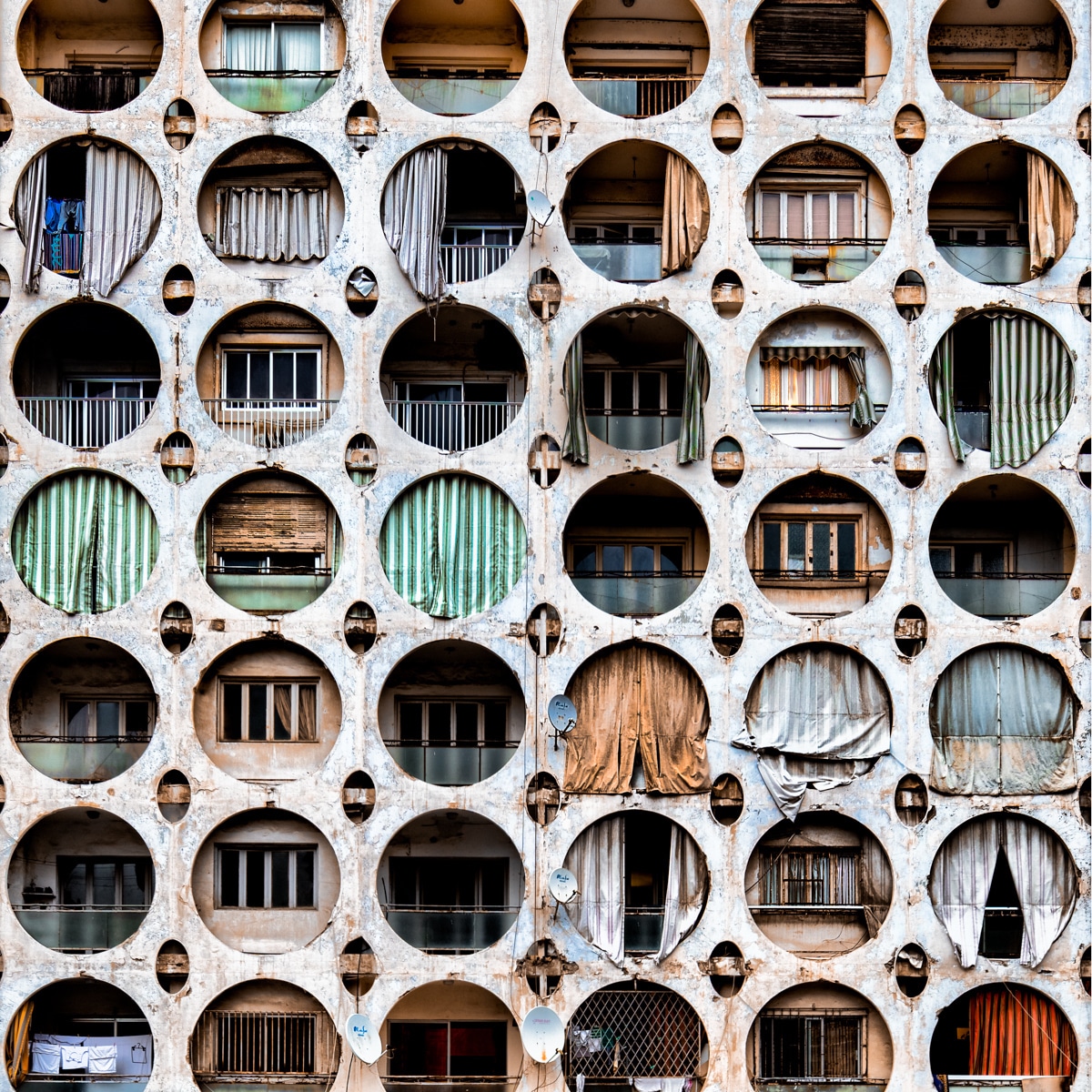
After first being inspired to visit Beirut by an article he read in Time, Kerwin spent a significant amount of time researching the pros and cons of a visit before taking the leap. “With Lebanon, one of the many positives that seemed to be mentioned time and time again was the fact the country spoke great English—especially in the major cities—and the food, apparently the place has some of the best cuisine in the world,” he shared with My Modern Met. “Countries can offer so much more than people believe, the media sways us into thinking a certain way.”
During his time in Beirut, Kerwin was able to access old palaces, hammams, theaters, synagogues, and apartment blocks. Many were used by the military as bases in times of conflict, while others were simply collateral damage. Most, but not all, were abandoned, and some were undergoing restoration to help bring them back to life.
Kerwin hopes that his time in Lebanon can inspire more people to get out and see different destinations around the world. “I would like to leave [people] inspired to get out with the camera, to undertake trips to new destinations—not just to follow the masses,” Kerwin shares. “Tourism is affecting so much of the planet in a negative way—maybe try somewhere new this year, don't be frightened.”
British photographer James Kerwin spent several weeks in Lebanon capturing the city's abandoned architecture.

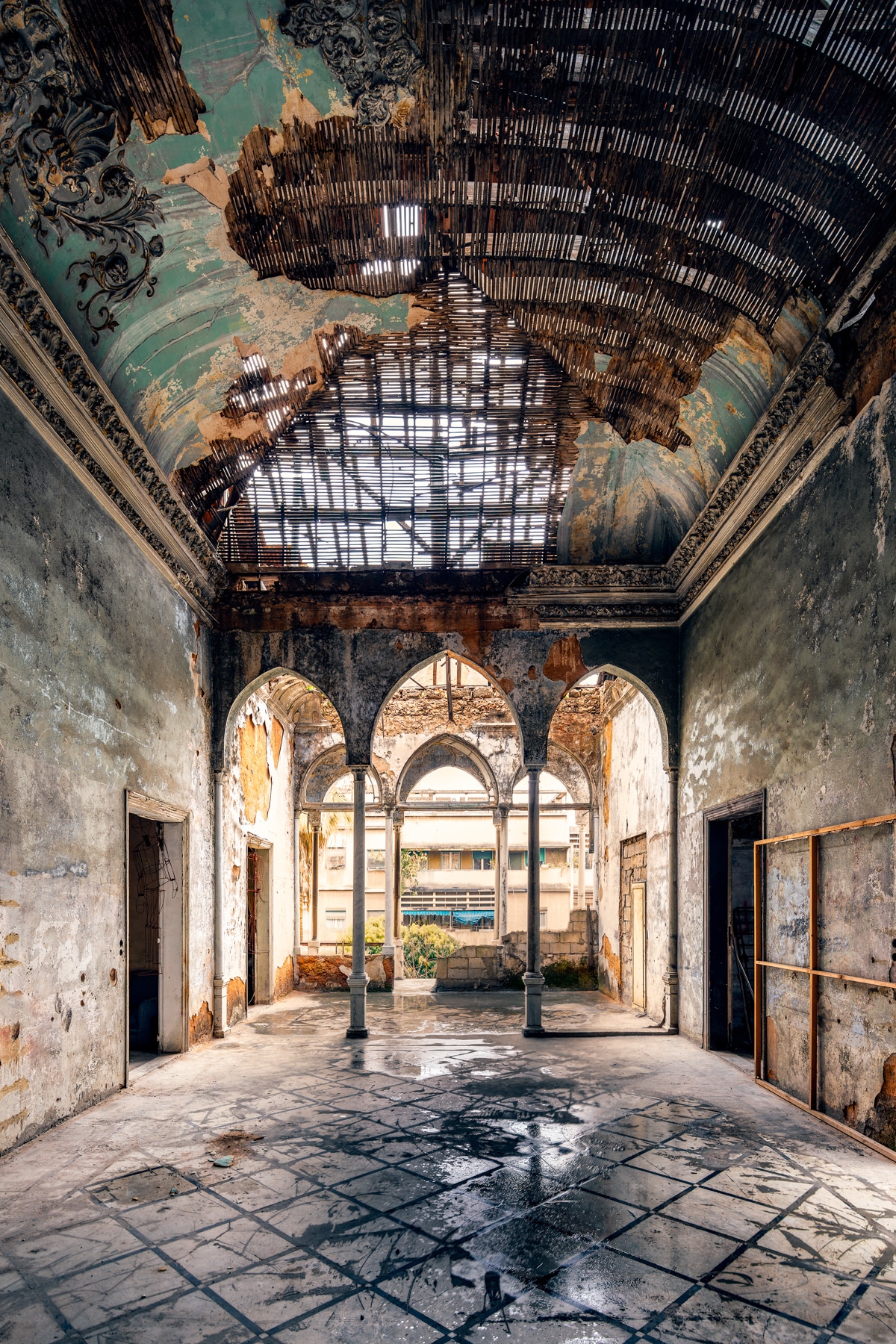
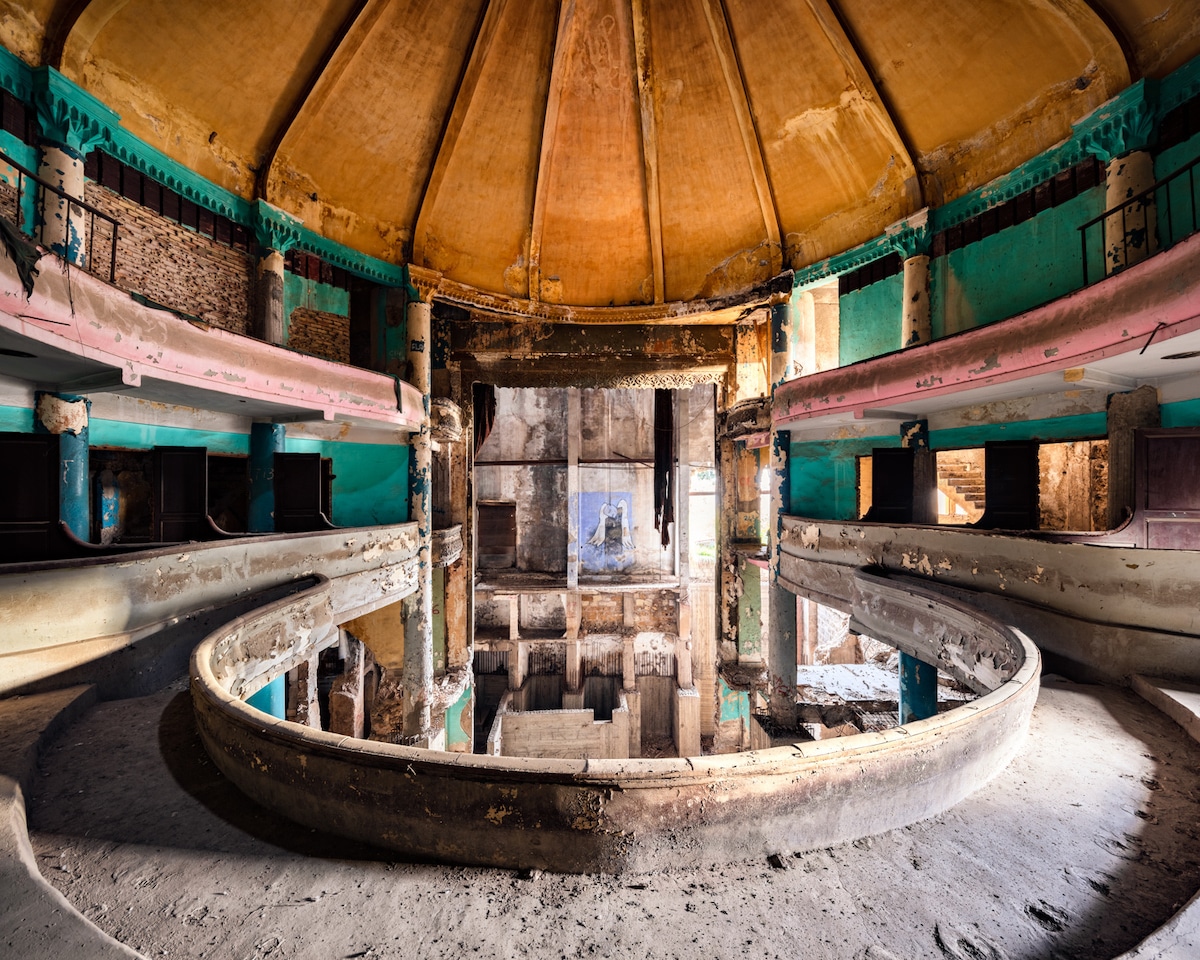
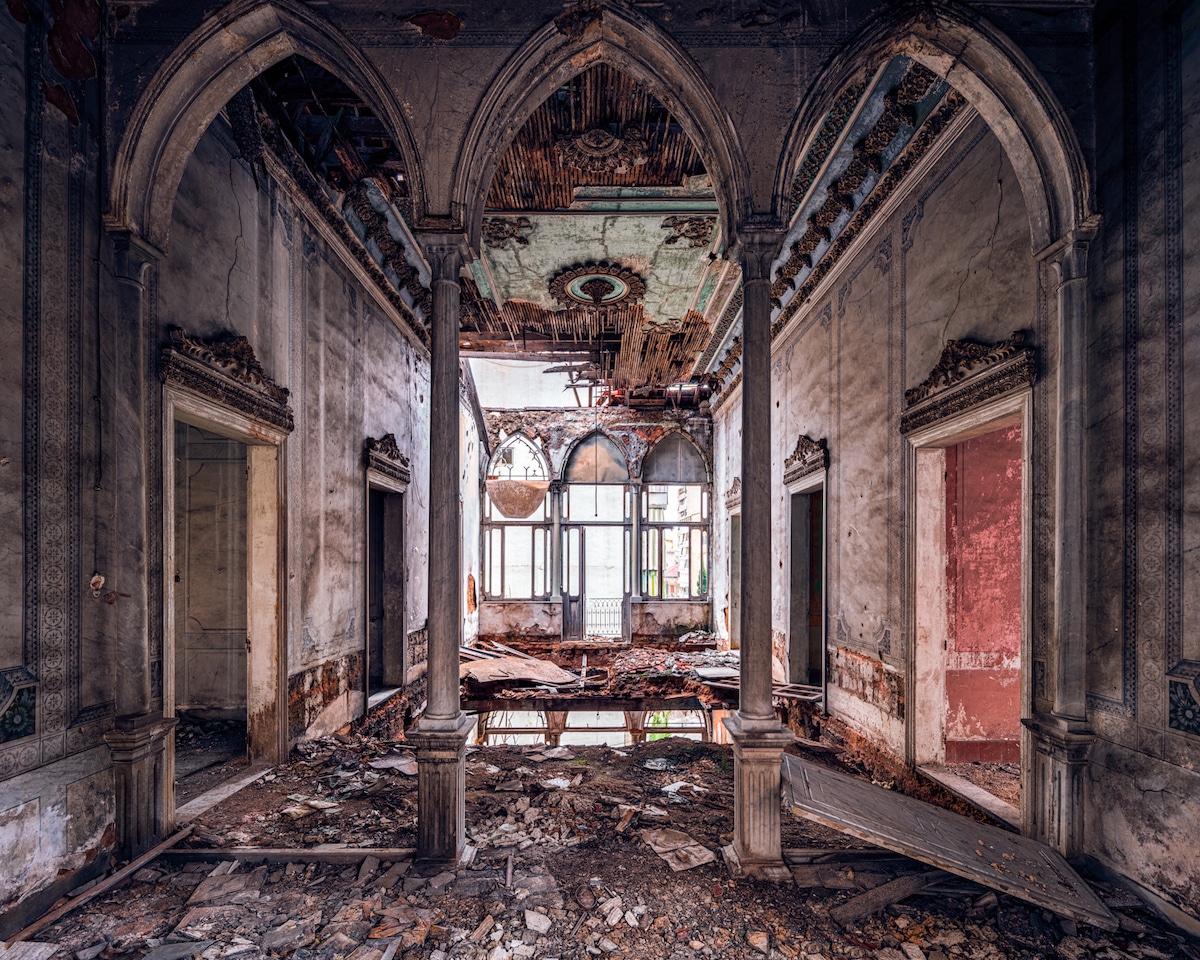
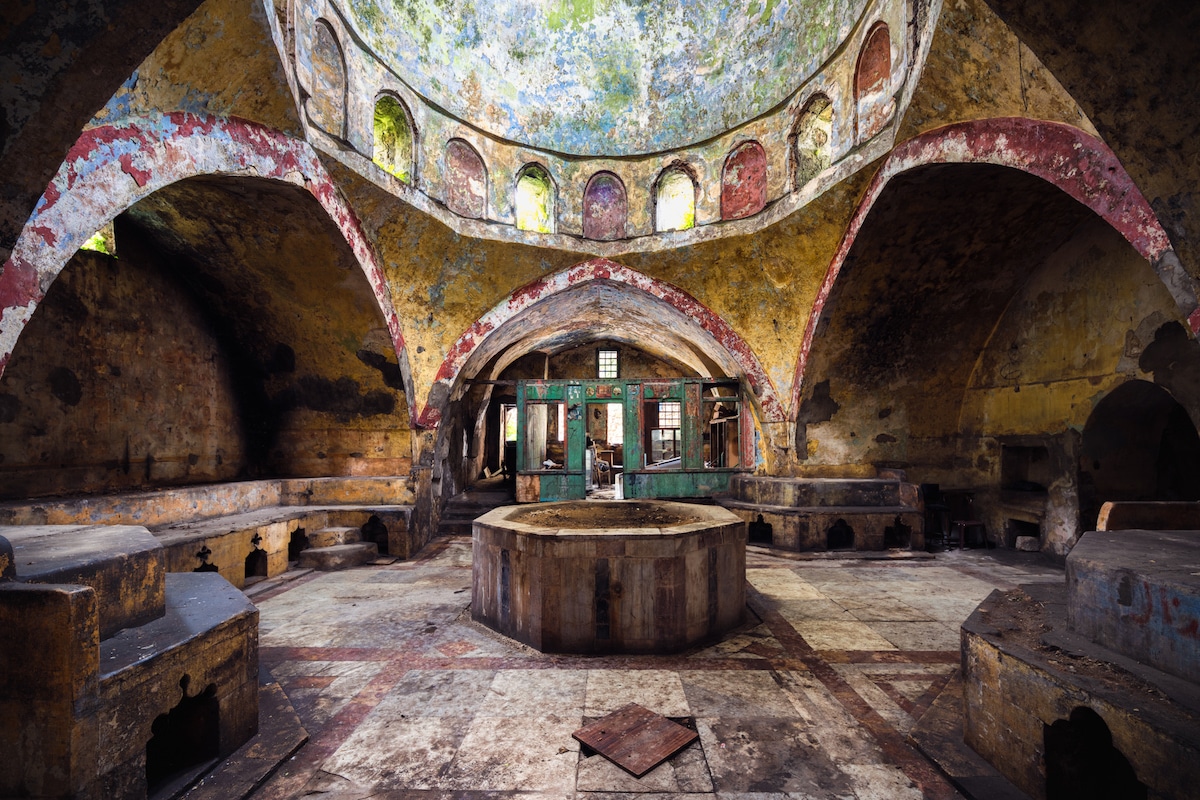

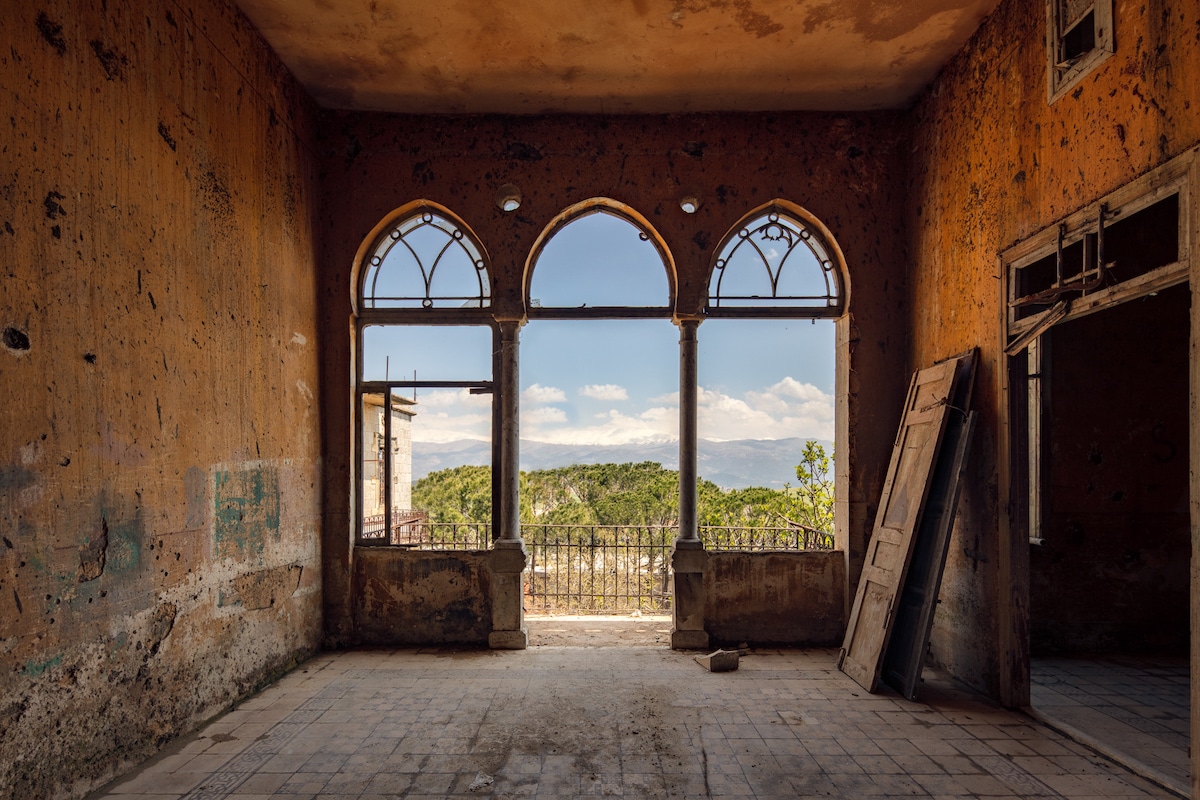
These spaces show the scars of decades of internal conflict created during Lebanon's civil wars.

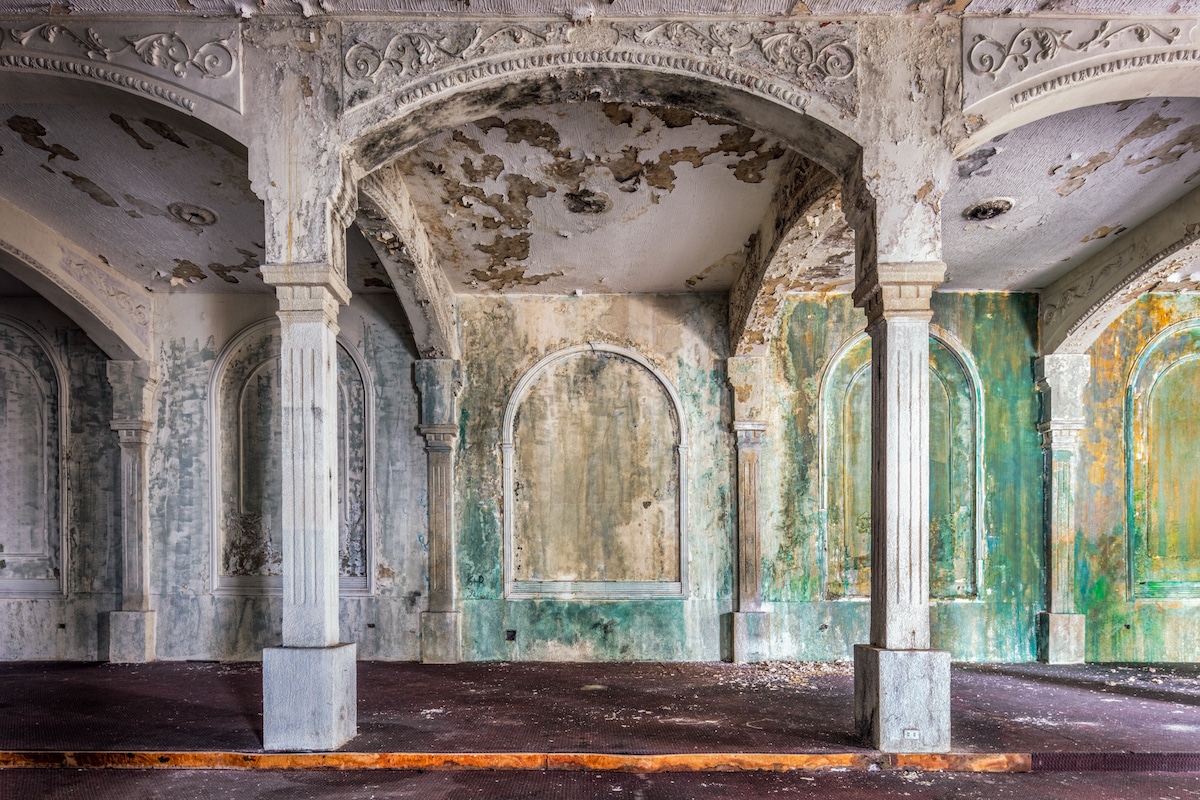
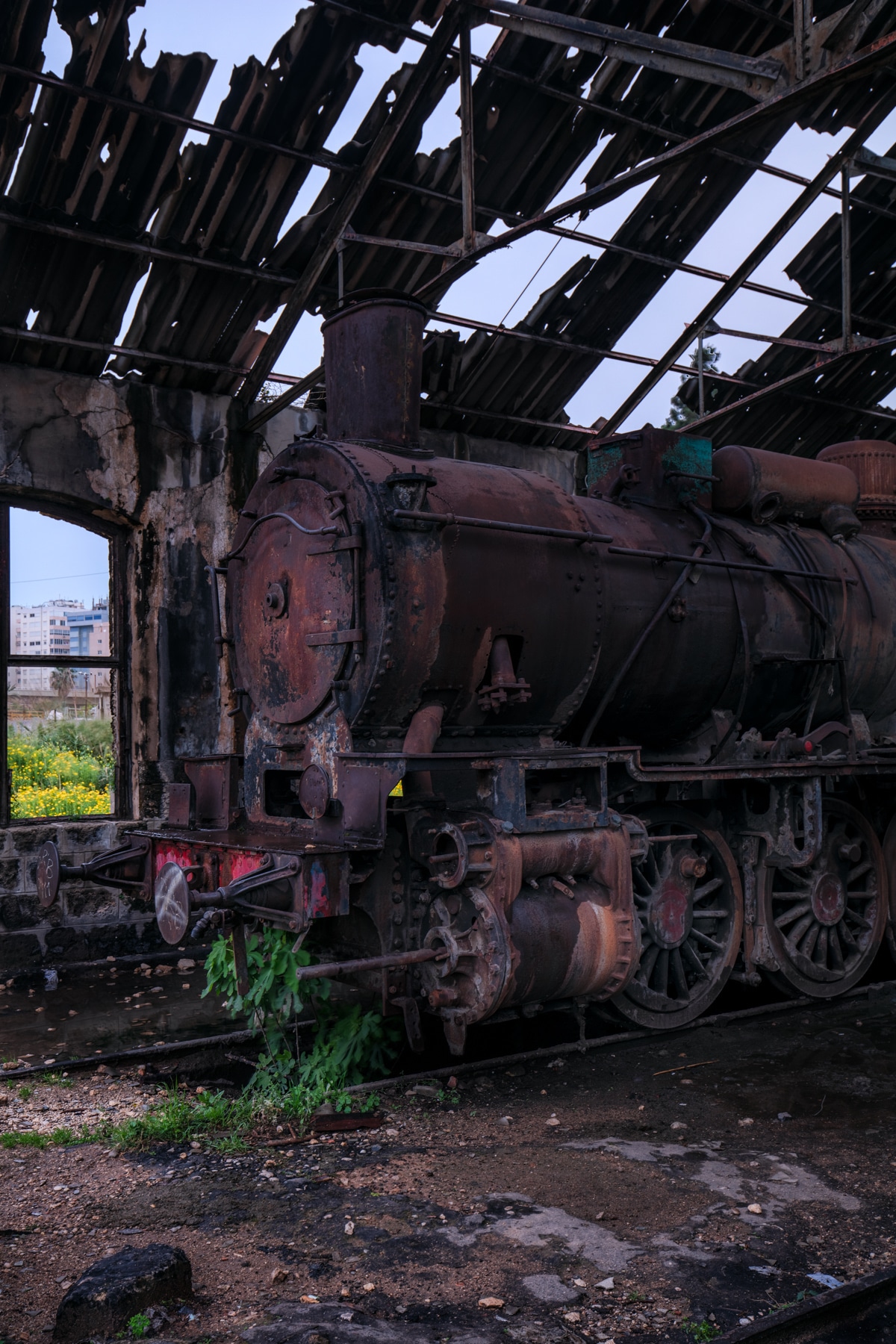
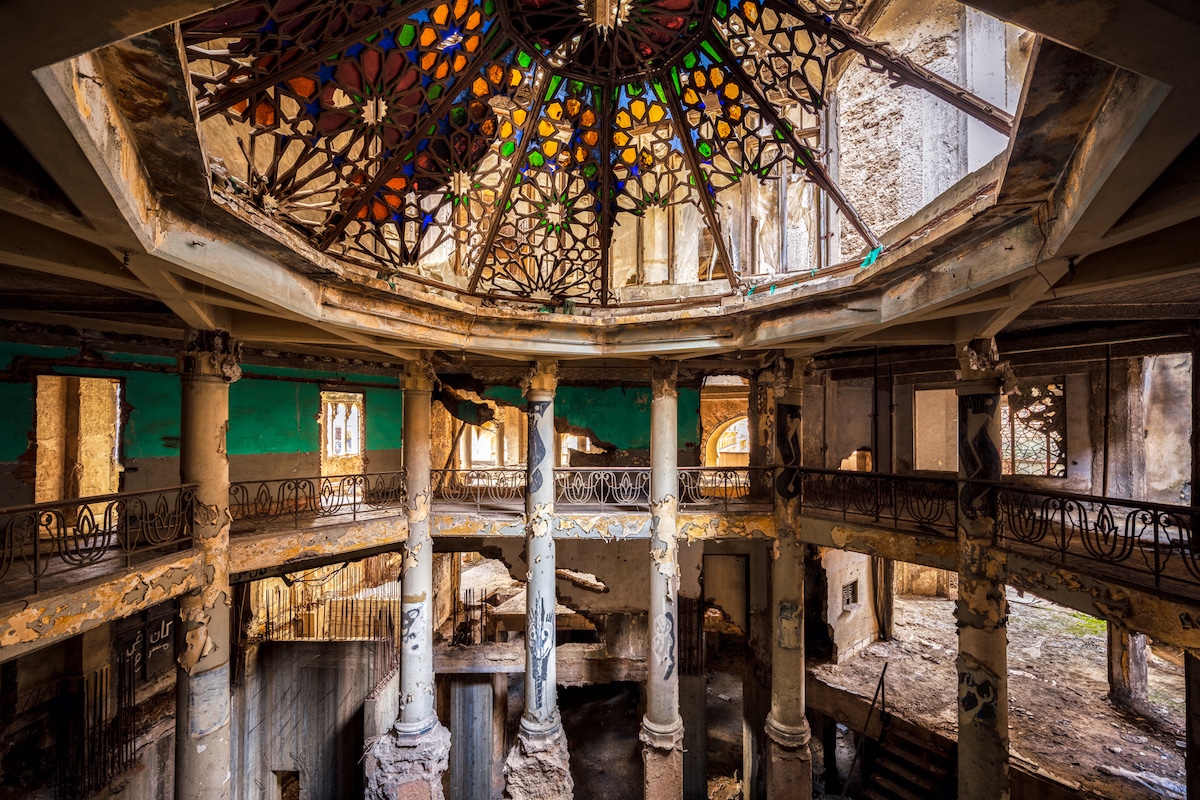
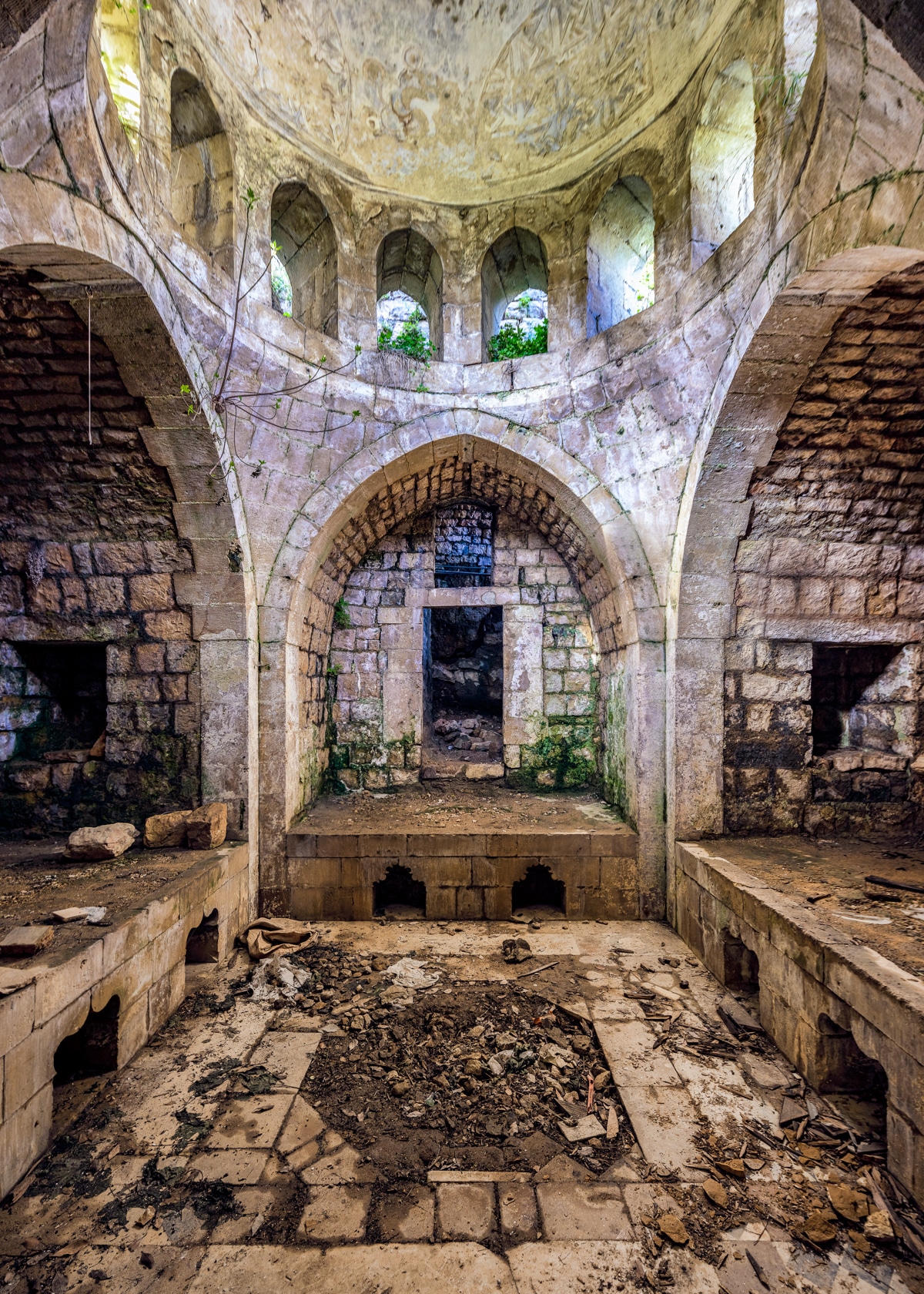
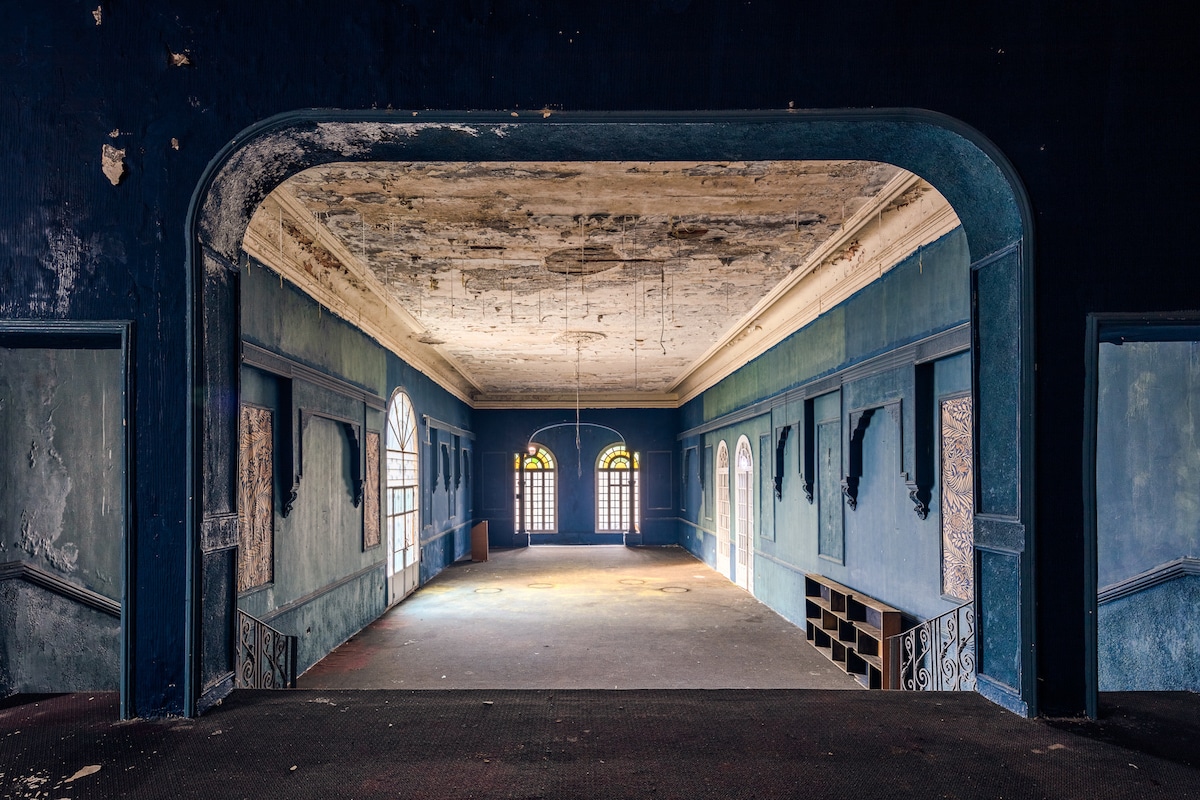
What's left behind tells the tale of Beirut's rich cultural history.
